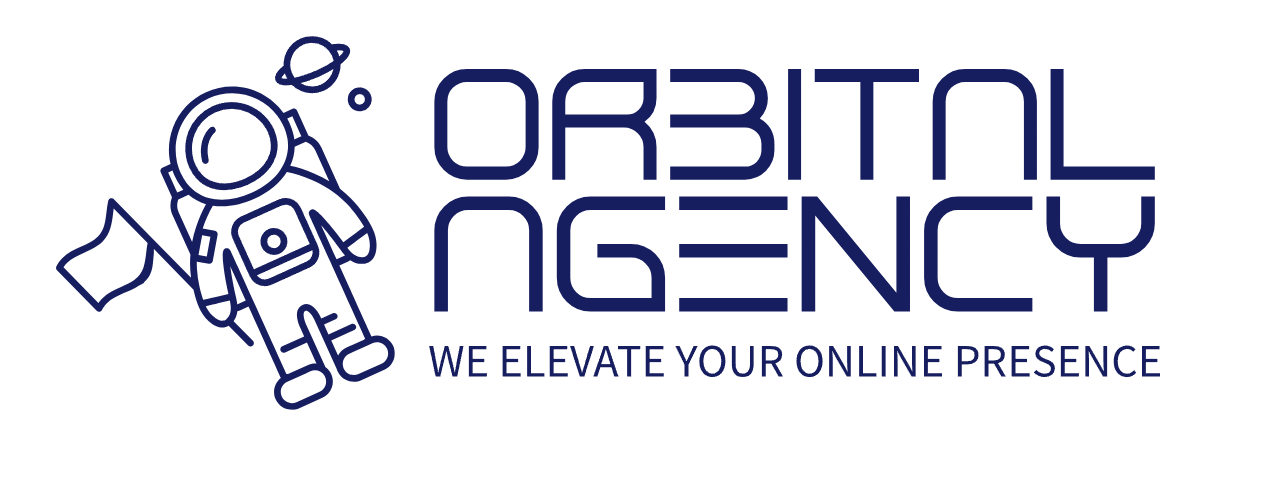Common Startup Website Mistakes (And How to Fix Them)
Your startup’s website is often the first touchpoint for users, investors, and press. It should showcase your vision, validate your product, and capture leads—all at once. But many early-stage companies make design mistakes that undermine credibility, slow growth, or cost conversions. Here are the most common startup website missteps—and how to fix them fast.
1. No Clear Value Proposition
If your homepage doesn’t immediately explain what your product does, you’re losing visitors. Use a bold headline and supporting text to communicate the core benefit of your startup. Think: “What problem do you solve?” and “Why should someone care now?”
2. Missing Call-to-Action (CTA)
If your site doesn’t clearly tell users what to do next, they won’t act. Whether it’s “Join the Waitlist,” “Schedule a Demo,” or “Start Free Trial,” your CTA should be above the fold and repeated throughout key pages.
3. Too Much Tech Speak
Founders often explain their product in jargon or internal language. Keep your copy customer-focused. Use plain English to describe how your product solves problems and improves lives. Save the deep tech for investor decks or product documentation.
4. Bad Mobile Experience
If your site isn’t responsive, loads slowly, or has tiny buttons on mobile, you’re alienating more than half your audience. Prioritize mobile usability from day one. Use clean layouts, big tap targets, and compressed media.
5. Lack of Social Proof
Even without 10,000 users, you can still show traction. Display early feedback, beta user quotes, testimonials, or “Backed By” logos. Social proof builds instant trust and helps convert skeptics.
6. Cluttered Design
Too many fonts, colors, animations, or overlapping elements make your site look amateur. Stick to a unified color palette, 1–2 fonts, and a clean layout. Simplicity builds authority.
7. Outdated Content
If your blog or press section hasn’t been updated in over a year, it looks like you’ve gone dark. Even monthly updates show activity. Share product milestones, founder notes, or helpful tips related to your space.
8. No Team Information
People want to know who’s behind the brand. Even if it’s just you and a cofounder, list your names, headshots, and a few lines of relevant experience. A faceless startup feels less trustworthy.
9. Unsecured or Slow Site
A slow site or one without HTTPS security is a major red flag. Use fast hosting, optimize images, and make sure your site is secured with an SSL certificate.
10. Ignoring SEO Basics
If your page titles, meta descriptions, and URLs aren’t optimized, you’re missing organic traffic. Use keywords naturally in headers and content. Tools like Google Search Console can help you track visibility and fix issues.
Early-stage doesn’t mean sloppy. Avoiding these common design mistakes helps you build credibility, grow your brand, and convert more visitors into users, partners, and investors.
Schedule your Free Custom Website Demonstration today and see how we build startup websites that get results—without the costly learning curve.
1. No Clear Value Proposition
If your homepage doesn’t immediately explain what your product does, you’re losing visitors. Use a bold headline and supporting text to communicate the core benefit of your startup. Think: “What problem do you solve?” and “Why should someone care now?”
2. Missing Call-to-Action (CTA)
If your site doesn’t clearly tell users what to do next, they won’t act. Whether it’s “Join the Waitlist,” “Schedule a Demo,” or “Start Free Trial,” your CTA should be above the fold and repeated throughout key pages.
3. Too Much Tech Speak
Founders often explain their product in jargon or internal language. Keep your copy customer-focused. Use plain English to describe how your product solves problems and improves lives. Save the deep tech for investor decks or product documentation.
4. Bad Mobile Experience
If your site isn’t responsive, loads slowly, or has tiny buttons on mobile, you’re alienating more than half your audience. Prioritize mobile usability from day one. Use clean layouts, big tap targets, and compressed media.
5. Lack of Social Proof
Even without 10,000 users, you can still show traction. Display early feedback, beta user quotes, testimonials, or “Backed By” logos. Social proof builds instant trust and helps convert skeptics.
6. Cluttered Design
Too many fonts, colors, animations, or overlapping elements make your site look amateur. Stick to a unified color palette, 1–2 fonts, and a clean layout. Simplicity builds authority.
7. Outdated Content
If your blog or press section hasn’t been updated in over a year, it looks like you’ve gone dark. Even monthly updates show activity. Share product milestones, founder notes, or helpful tips related to your space.
8. No Team Information
People want to know who’s behind the brand. Even if it’s just you and a cofounder, list your names, headshots, and a few lines of relevant experience. A faceless startup feels less trustworthy.
9. Unsecured or Slow Site
A slow site or one without HTTPS security is a major red flag. Use fast hosting, optimize images, and make sure your site is secured with an SSL certificate.
10. Ignoring SEO Basics
If your page titles, meta descriptions, and URLs aren’t optimized, you’re missing organic traffic. Use keywords naturally in headers and content. Tools like Google Search Console can help you track visibility and fix issues.
Early-stage doesn’t mean sloppy. Avoiding these common design mistakes helps you build credibility, grow your brand, and convert more visitors into users, partners, and investors.
Schedule your Free Custom Website Demonstration today and see how we build startup websites that get results—without the costly learning curve.
